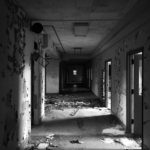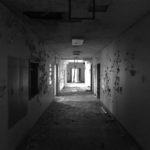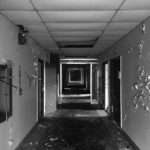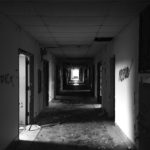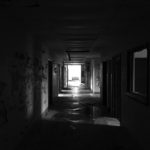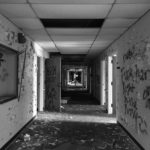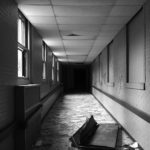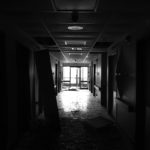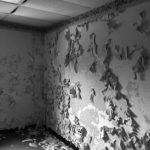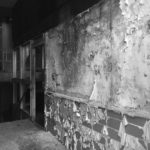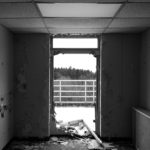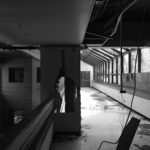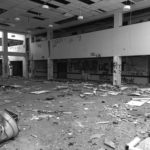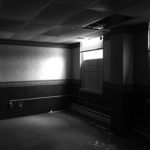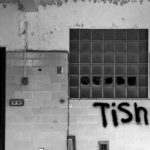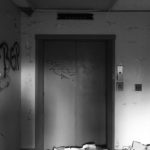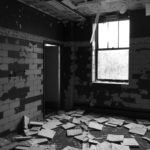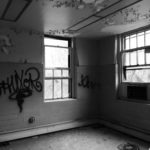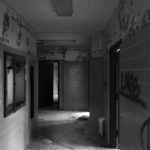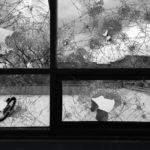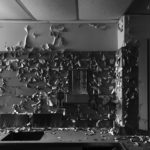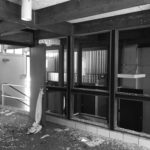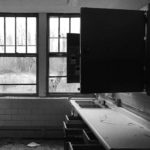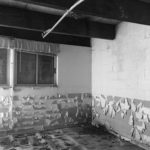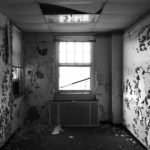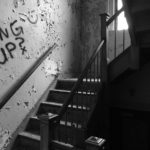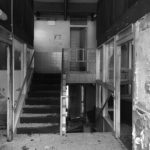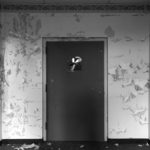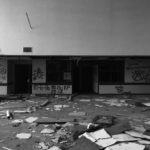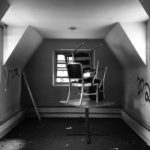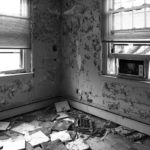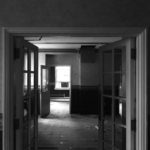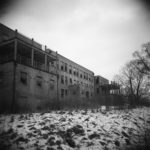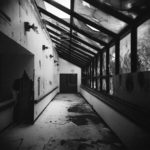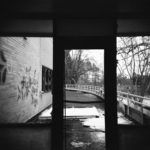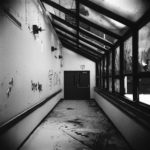Here’s how you, too, can be an urban explorer. First, find an abandoned hospital. This should be easy. Health care has changed quite a bit since the mid 20th century. Once upon a time, if one were suffering from anything from mental retardation to mental illness, there was a bed in a psychiatric hospital waiting. Huge, sprawling facilities were constructed for the care, or neglect, of those with mental problems. Despite the enormous size of these facilities, overcrowding became a problem, contributing to problems with quality of care and the quality of life for the patients. Reform, and piles of lawsuits, led to a wave of deinstitutionalization. New treatments mean that yesterday’s inpatients are today’s outpatients, the reduced number of beds reserved for those with serious disturbances.
Keeping people out of mental institutions is a benevolent action at first glance, but deinstitutionalization has been so aggressive that America’s jails and prisons have become surrogate asylums, ill-equipped and ill-prepared to handle an influx of mentally ill individuals who would benefit from proper hospital care. Deinstitutionalization is a good thing, but flawed. But what it has done for urban explorers is provide loads of tantalizing locations to explore. But insane asylums aren’t the only abandoned hospitals out there.
Tuberculosis is a nasty disease. Before 1944, there was no antibiotic treatment, the disease killing up to half of those who contracted it. It is highly communicable and long-lived, taking months or even years to run its course. Those who contract the disease need long-term hospital care.
In the days before antibiotics, tuberculosis was much more common. Huge hospital complexes, rivaling and even surpassing the size of psychiatric hospitals, had to be constructed for tubercular patients to be able to recover, or die in relative comfort. As tuberculosis disappeared from the United States, these edifices remained, without a use. Like the asylums, many of them were abandoned. These usually aren’t single buildings, but campuses, spread out among sometimes dozens of buildings, now left to decay and collapse.
So, abandoned hospitals are plenty. Get to them soon, though. Because they are aging rapidly, falling under the wrecking ball at a quickening pace.
Now that you have found an abandoned hospital, the bread and butter of urban exploration, it is time to master that most important of urban exploration photography skills — the hallway shot.
Look at those beauties. Every single one of them symmetrical. You cannot be a proper urban explorer without mastering the hallway shot. Some would have you believe the most important advice to give potential explorers is how to be safe. You know, common sense tips, like never explore alone. Also, make sure someone knows where you are going and when, so that if you fail to return on time, they can call 911 on your behalf and give an address. Or maybe they would give you a list of equipment to take with you, other than your camera. These would include dust masks, gloves, flashlights, water, and such, But you’re not stupid, you already know this. The hallway shot is the most important.
After you have mastered the hallway shot, everything else just sort of falls in place, and you can add the peeling paint shot, the crumbling stairwell shot, the empty room shot (which you will see a lot of), the morgue shot (is you’re lucky to find it) and, if feeling particularly winsome and talentless, the overdone HDR shot.
Many of the above examples are in the gallery below, but never, ever HDR. HDR is the airbrushed van of urban exploration. Overdone HDR is a pox on photography, yet some urban explorers can’t seem to get enough of it. If you, a potential urban explorer, take anything from this article, other than how awesome hallway shots are, it should be to stay the hell away from HDR.
But wait, there’s more...
I brought along a Holga to this exploration. They’re mostly useless in a dark, abandoned building, but they travel light, and are a good backup to have when finding rooms with a good light source. I had some film processed recently, and these were in the batch:

